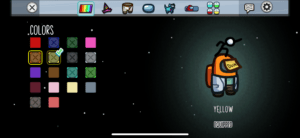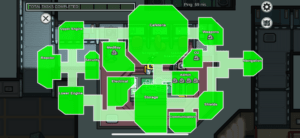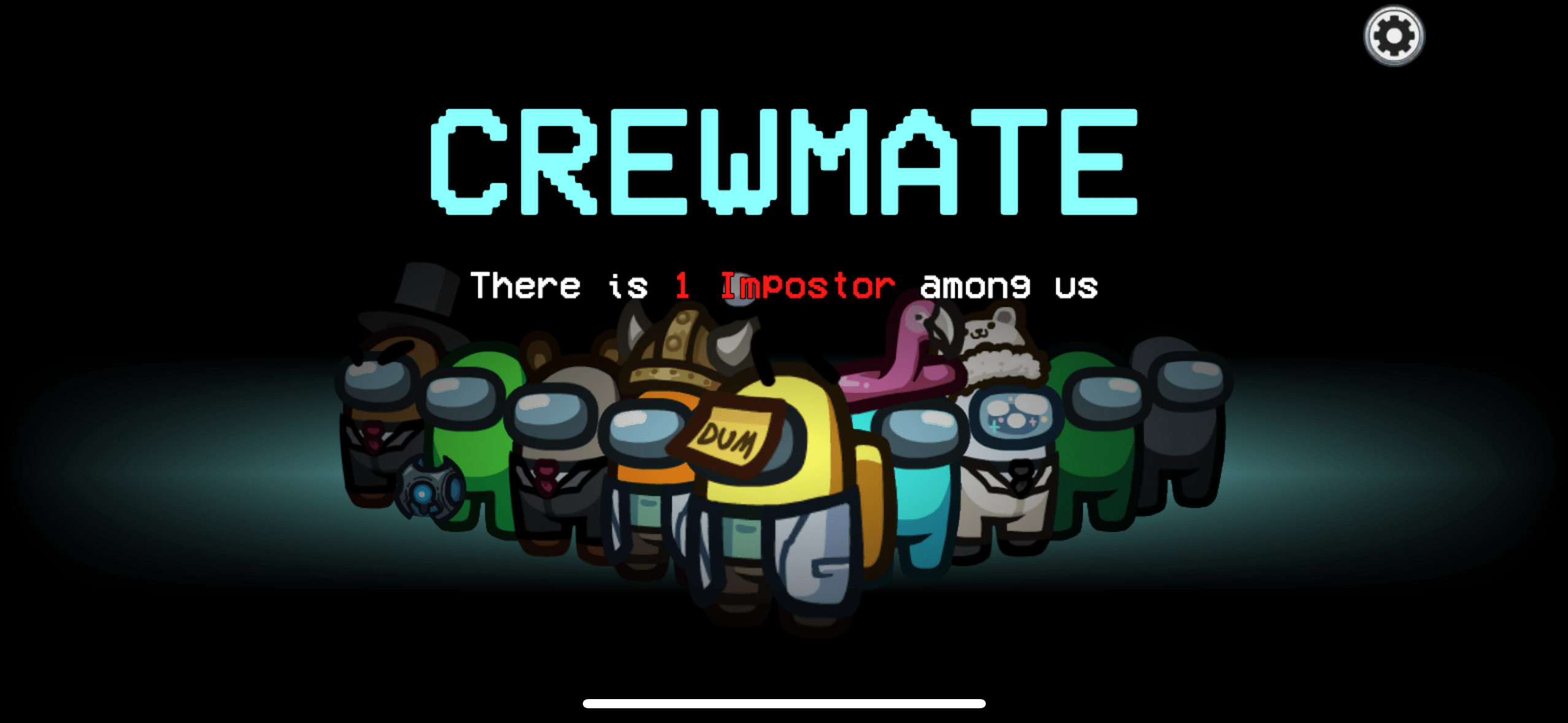Introduction
Among Us, created by Innersloth, is a multiplayer game where a group of crewmates on a spaceship try to find the imposters among them. This game is available across multiple platforms, including Steam and Switch, but is predominantly played on iOS and Android devices. It targets a broad range of audience, from individuals who seeks entertainment during free time to a group of friends wishing to strengthen (or break) their bonds. The number of players ranges from 4 to 15, providing freedom for players to choose the type of game they enjoy according to their preferences. A smaller number of player might indicate shorter play time, while larger number increases the challenges of finding the imposter.
Analysis
As a unilateral competition game, Among Us emphasizes social deduction through the objective of outwit and some form of race. For crewmates to win, they need to outwit by deducing who the imposter is via discussion, providing evidence of suspicious behavior they see in someone else or through their reasoning. Alternatively, imposter wins by either killing the crewmates or outwitting by leading the discussion and outvoting other crewmates. Race is implicit in a sense where both groups are trying to complete their tasks faster than the other group to win. In the process of completing tasks and guessing imposter, Among Us promotes fellowship among players in each role. Despite not knowing the actual role of the players, sometimes players request other players to follow them when being suspected to prove that they’re not imposter. In the next voting round, it’s interesting to observe how strangers vouch for each other during the discussion, shifting from complete strangers to camaraderie in a short span of time. This sense of camaraderie later contributes to the victory of the crewmates. Without trust, it’s easy for the imposters to win as they can easily sway the discussion during voting process.

Imposter leading discussion during voting process
The clever use of boundaries, discovery, and shift of challenges are also the highlights of the gaming experience. The notion of boundary is separated into the waiting room and the actual game. The designer optimizes players’ experiences in the waiting room by allowing them to change their appearance through the wardrobe, allowing players to feel invested in their character and as a player of the game. Once they enter the game, the display of your role serves as a clear boundary that the game is starting, reminding you to separate from your real identity and transform your behavior. The map of the spaceship adds more fun to the game as users would gradually discover more rooms as game proceeds, crafting an immersive experience through the layout of the room. If the map was less intricate, it would put the imposters at disadvantage as it’s easy to spot someone venting. In fact, this physical constraints increases crewmates’ challenge and increases the imposter’s opportunity of winning. For new players unfamiliar with the map, they’re forced to familiarize themselves with the setup sooner, otherwise the map would block the screen and increase their chance of getting murdered by the imposter. The unique individual tasks allow proficient players to still feel slightly challenged, as the tasks are something they’ve not done prior. However, an improvement I would make is to randomize the layout of spaceship for each game, introducing more challenges for proficient players.
 Wardrobe
Wardrobe
 Map blocking the play screen to increase difficulty for crewmate
Map blocking the play screen to increase difficulty for crewmate
Experience
Compared to Mafia, I enjoyed playing Among Us more since you never feel bored or left out at any point of the game. In Mafia, villagers can’t contribute much to the discussion and has minimal influence towards the victory of the game. When you get murdered by the Mafia, it feels as though you’re an outsider of the game as you have no contribution. In Among Us, however, everyone seems to have a purpose. It requires collaboration among crewmates to complete their own tasks for the entire group to win. Even after you die, you’re able to observe the game and complete some remaining tasks.
During one round, I played with 6 other strangers and with 2 friends. At the end, we won because there were us versus another stranger–we were able to easily deduce who the imposter was. Personally, I think the best gaming experience of Among Us comes from playing with a group of friends in person, since you can observe their expression and see the discussion happen in real time. Nonetheless, it’s a well-designed social deduction game that fosters fellowship among a group of players.



